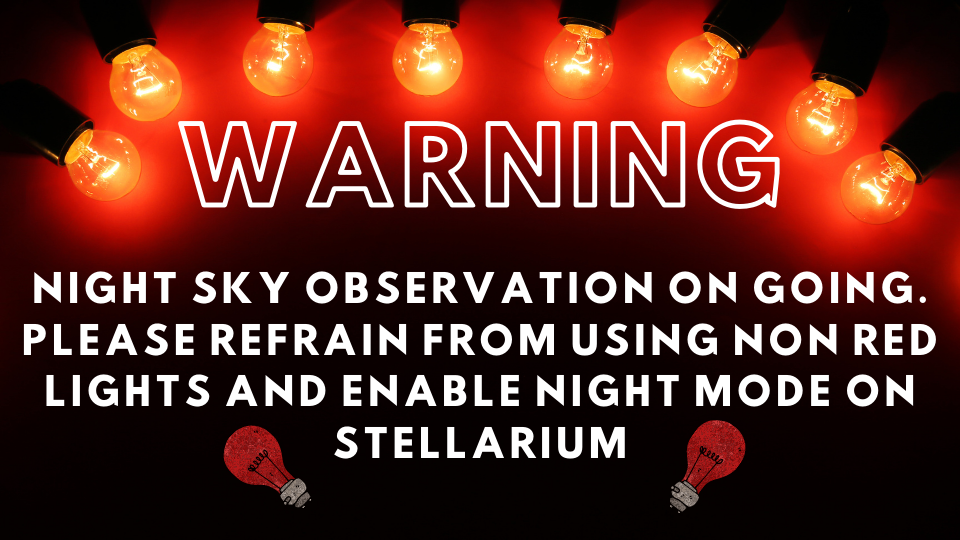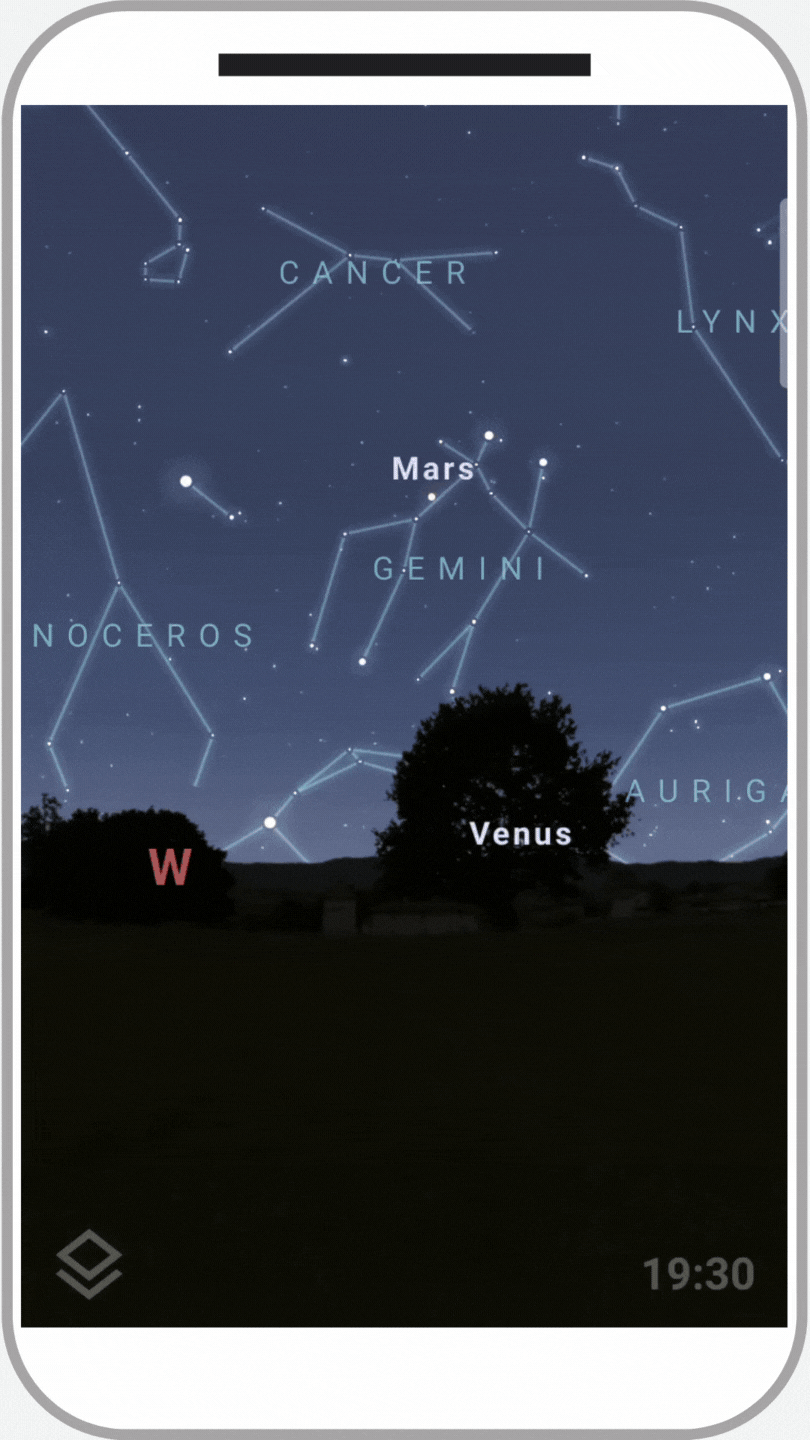
Whether you are an astronomer by profession, or an astronomy enthusiast, we all share a simple rule when it comes to observation sites; use red lights when observation is ongoing. But what is the reason why we implement this rule?
When the surroundings are dark, our eyes start to automatically adapt by widening the pupil opening of the eyes. This allows more light to enter the eyes, allowing us to see better in the dark.
After this, dark adaptation at the chemical level happens. The light sensors of our eyes, called retina, function through photoreceptors called the rod cells and cone cells. When it is dark, these cells produce a pigment that increases sensitivity of our eyes.
However, when a bright light enters the system, these pigments, called rhodopsin, decays and is no longer effective. When this happens, it can take up to 40 minutes to get our eyes to re-adapt to the dark.
But the good thing is, rhodopsin does not decay when exposed to red light. This is because the rod cells are sensitive up to the peak wavelength of 530 nm, while red lights have a wavelength of 635 nm to 700 nm.
This makes red lights an essential tool for astronomers. Even for our devices, we use red cellophanes to prevent bright lights from the screen in removing our dark adaptation.
Stellarium has a built-in Night Mode feature that makes the display of the application red. To access this feature, press the Night Mode in the Settings.

Available on Google Play and the iOS App Store
We do our best to ensure that your observation nights go smoothly with Stellarium. Here’s an article about how
telescope control using Stellarium
.

